
Brought to you by:
Enterprise Strategy Group | Getting to the Bigger Truth™
ESG TECHNICAL VALIDATION
StormForge: Optimizing Kubernetes Application And Resource Efficiency With Machine Learning
Exceed Business Outcomes For Cloud-Native Apps While Managing Runaway Cloud Costs
By Kerry Dolan, Sr. IT Validation Analyst
OCTOBER 2021
ESG Technical Validations
Background
Figure 1. Efficiency, Public Cloud Services, and Containers
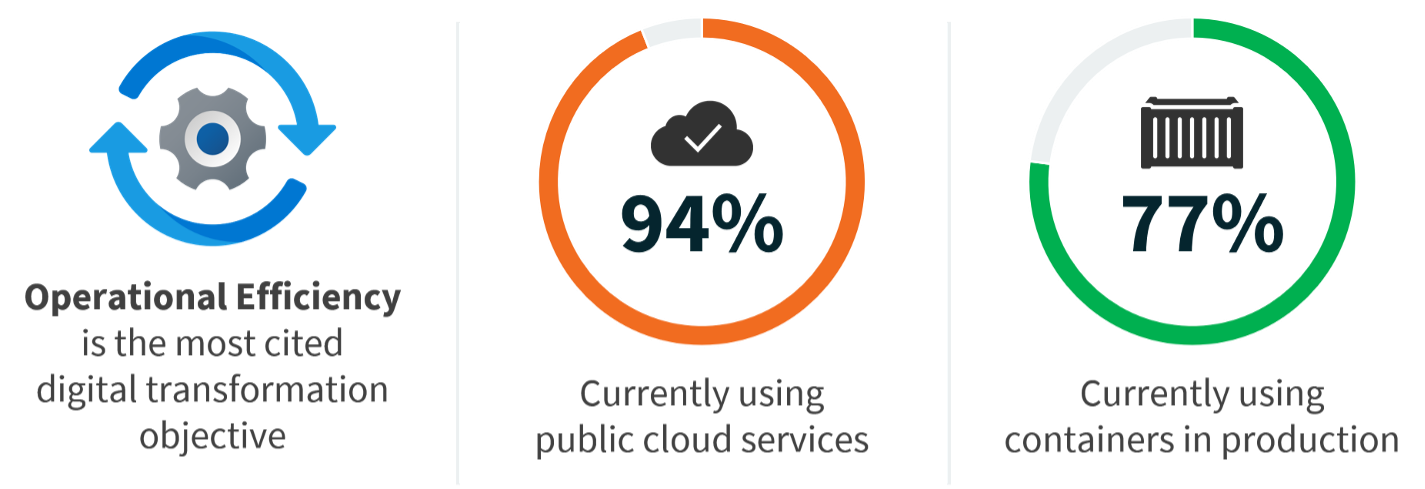
Source: Enterprise Strategy Group
- Are you spending too much for what you are getting?
- If you spend more, will you get the performance, availability, or other business objectives you want?
Challenges of Kubernetes Deployments
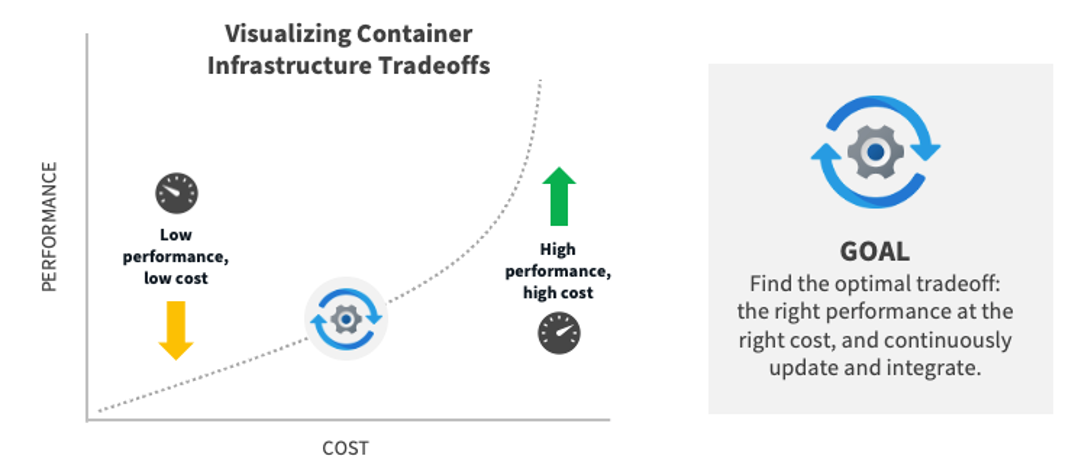
StormForge: Performance Testing and Resource Optimization
Figure 2. StormForge
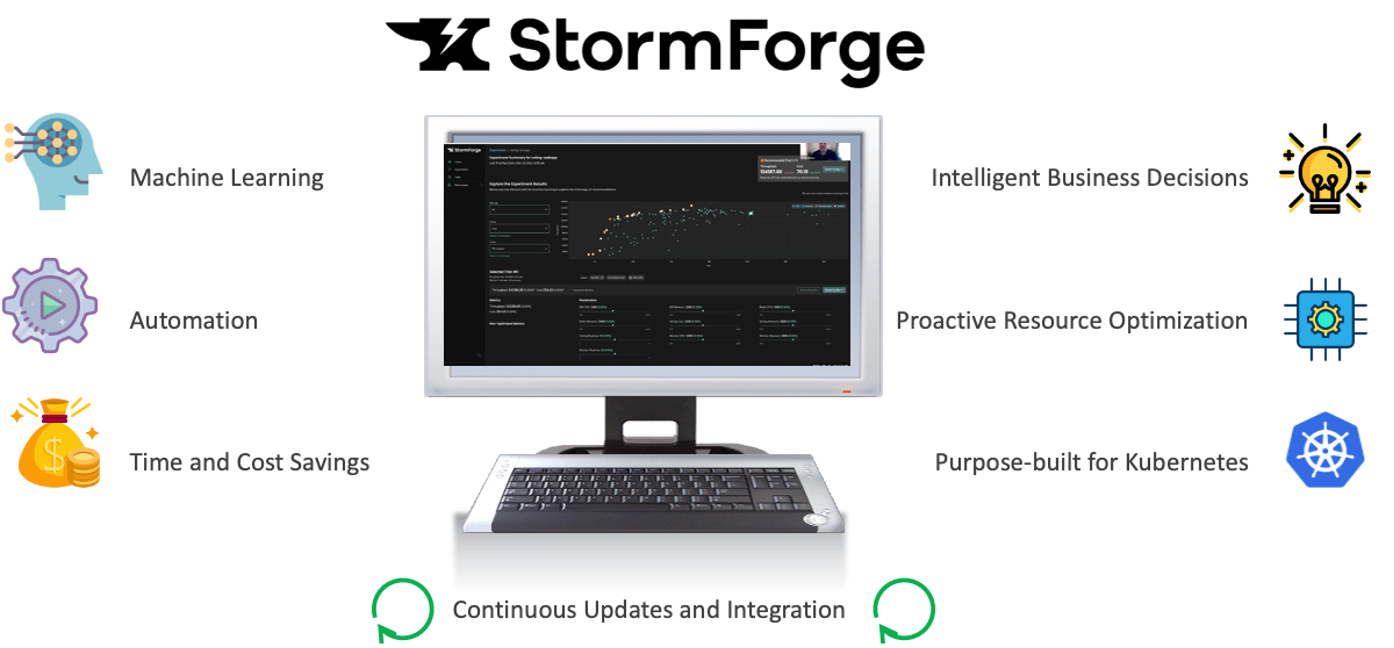
Source: Enterprise Strategy Group
StormForge is:
ESG Technical Validation
Setting Up and Running Experiments
Understanding the Value of SASE
Figure 3. StormForge Experiment Setup
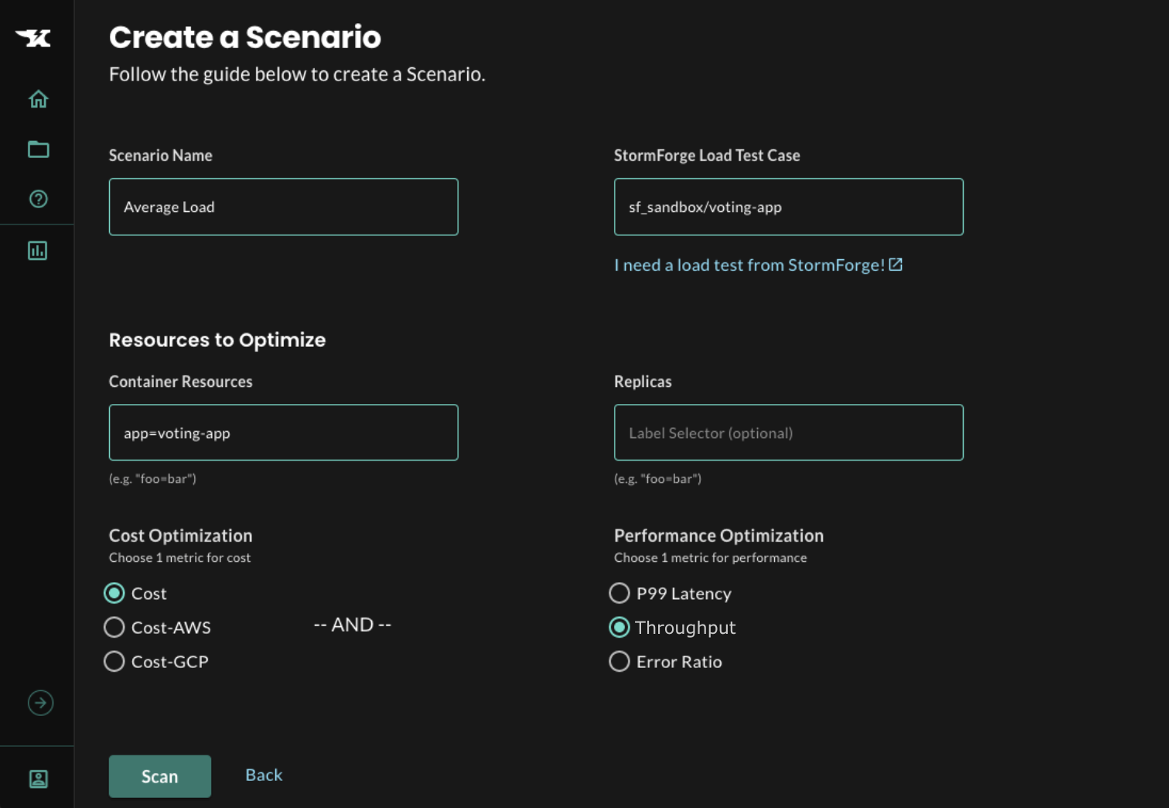
Source: Enterprise Strategy Group
Figure 4. StormForge Voting App Experiment Summary
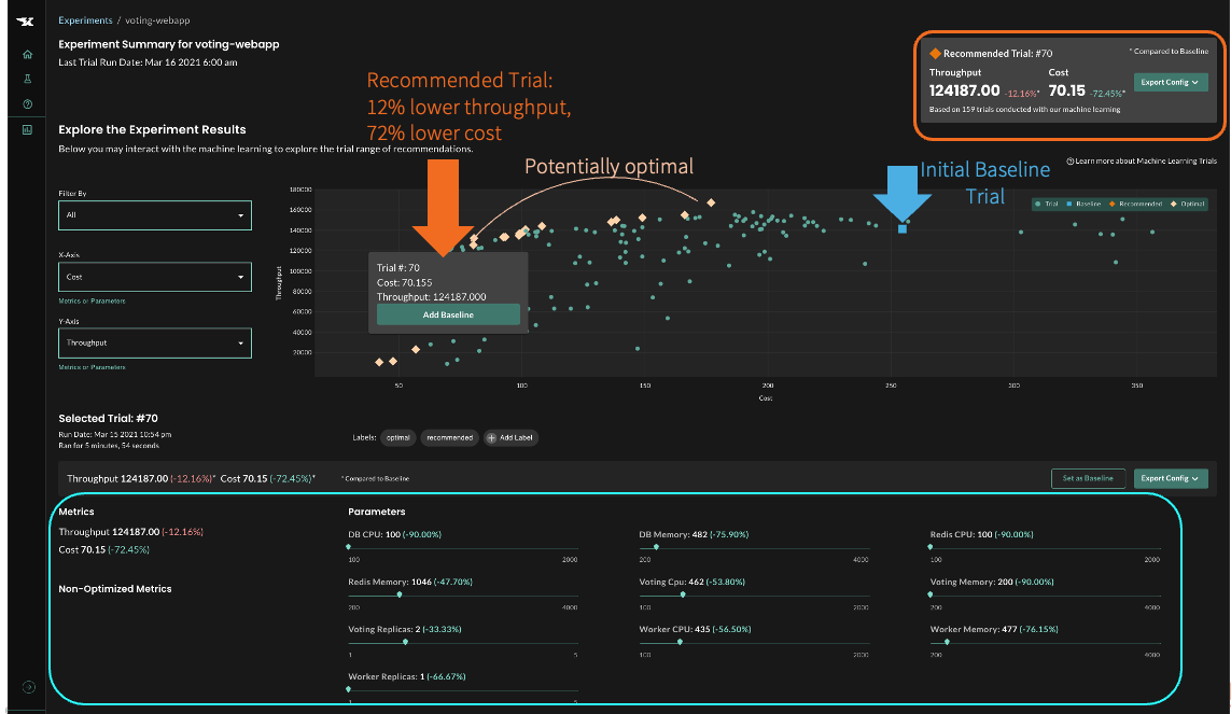
Source: Enterprise Strategy Group
Notes:
Why This Matters
Customer Story: Trilio Saves Time and Money with StormForge
Said Kochavara, “Anywhere we can save time, there is a direct correlation to lower cost. StormForge saves us time and money. In my opinion, any development team should be using it.” Trilio includes StormForge in the development process to ensure that new versions continue to achieve the same efficiency. He also commented that developers are much happier since they spend less time executing cumbersome, repetitive optimization tasks.
Trilio saw another potential benefit that StormForge could deliver to customers. Trilio sees StormForge as a way to analyze its customers' environments and provide guidance for maximizing efficiency for cloud backups, restores, captures, and mobility activities.
Anywhere we can save time, there is a direct correlation to lower cost. StormForge saves us time and money. In my opinion, any development team should be using it.”
- P. Kochavara, Director of Product, Trilio
The Bigger Truth
- Test myriad configurations, analyze them, and find the optimal cost and performance profile for your Kubernetes deployment.
- Display this profile visually along with other configuration options, so you can make an informed decision.
- Export the desired configuration with the click of a button.
How StormForge Works
This ESG Technical Validation was commissioned by StormForge and is distributed under license from ESG.
1 Source: ESG Research Report, 2021 IT Spending Intentions Survey, Jan 2021.
2 Ibid.
3 Source: ESG Master Survey Results, The Maturation of Cloud-native Security: Securing Modern Applications and Infrastructure, Jun 2021.
4 Source: ESG Master Survey Results, Trends in Modern Application Environments, Dec 2019.
All trademark names are property of their respective companies. Information contained in this publication has been obtained by sources The Enterprise Strategy Group (ESG) considers to be reliable but is not warranted by ESG. This publication may contain opinions of ESG, which are subject to change from time to time. This publication is copyrighted by The Enterprise Strategy Group, Inc. Any reproduction or redistribution of this publication, in whole or in part, whether in hard-copy format, electronically, or otherwise to persons not authorized to receive it, without the express consent of The Enterprise Strategy Group, Inc., is in violation of U.S. copyright law and will be subject to an action for civil damages and, if applicable, criminal prosecution. Should you have any questions, please contact ESG Client Relations at 508.482.0188.

Enterprise Strategy Group | Getting to the Bigger Truth™
Enterprise Strategy Group is an IT analyst, research, validation, and strategy firm that provides market intelligence and actionable insight to the global IT community.
